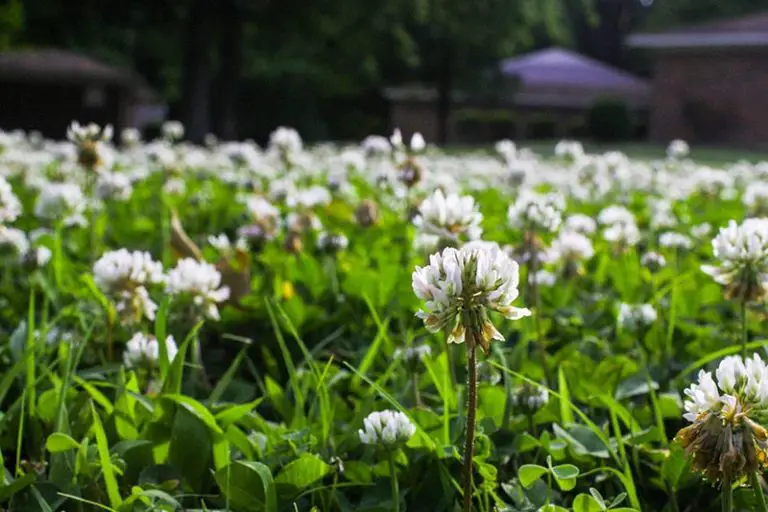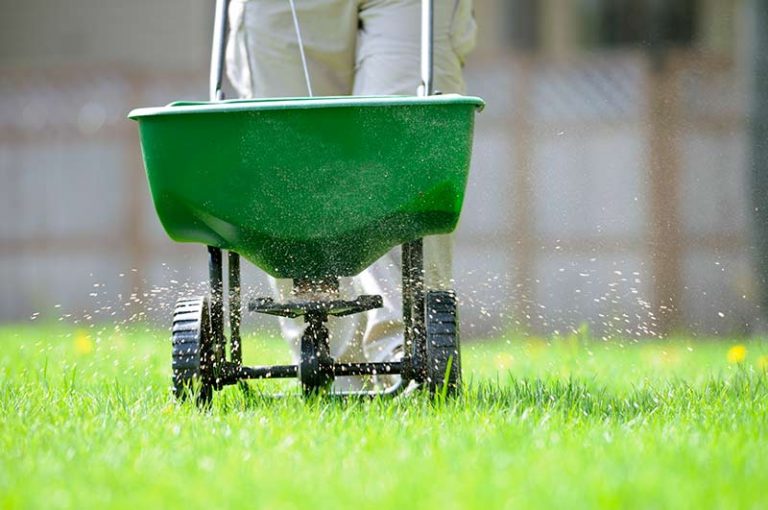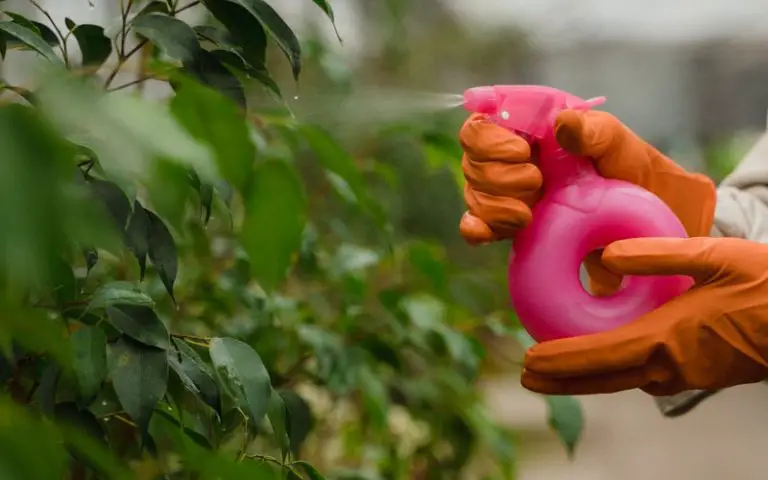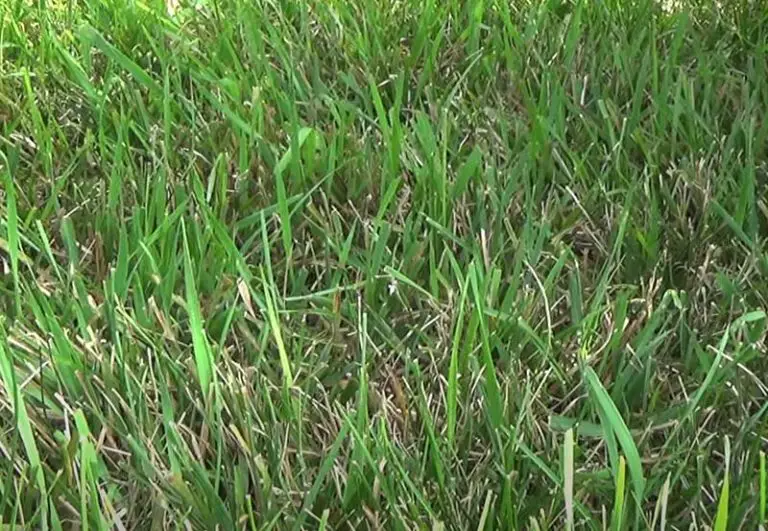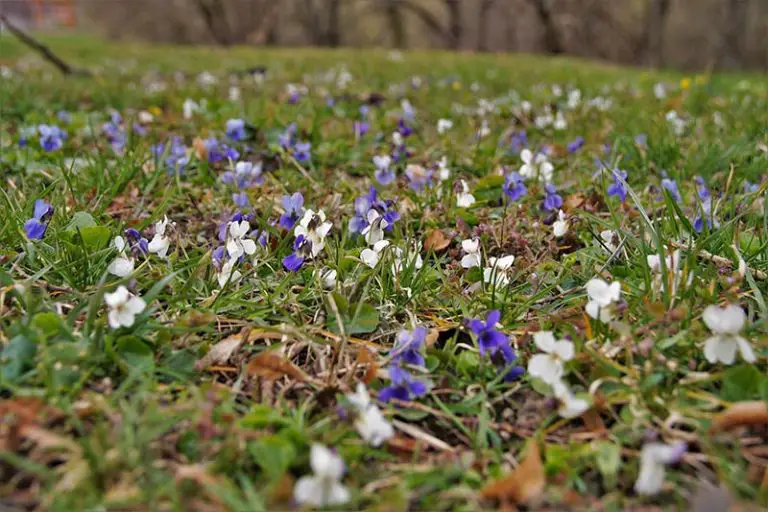When to Apply Weed and Feed
When the summer started last year, we had a lot of yard work to catch up on. I tried to get all the weeds out, especially in the middle of the lawn, but it started to grow again after a few days. I was frustrated that all our hard work was for nothing, so I decided to buy weed and feed. I had never used weed and feed, so I had to determine how and when it needed to be applied.
Weed and feed must to be applied to wet grass. Experts suggest not using weed and feed when rain is expected. Rain will over-saturate the lawn, making it, potentially creating a chemical burn on your lawn. Seasonal changes also play a significant role in when to apply weed and feed correctly.
I had to do some research and found out a lot about when I needed to apply weed and feed. It was a resounding success, and I am happy I took the time to research all the do’s and don’ts when applying weed and feed. It was a learning experience that left me with a gorgeous lawn. So I thought I’d share what I discovered about when to apply weed and feed.
Different Types Of Weed And Feed
There are two different types of weed and feed.
The first type is called pre-emergent weed and feed and is used before weed seed germination. This type of weed and feed you will use in early spring and early fall.
The second type of weed and feed is called post-emergent weed and feed and is usually used in the summer months when the weed is already there and trying to thrive. Post-emergent weed and feed will only help with weeds that were actively growing when it was applied.
Note: Because of harsh heat temperatures, you should take care when using post-emergent weed and feed in the summer.
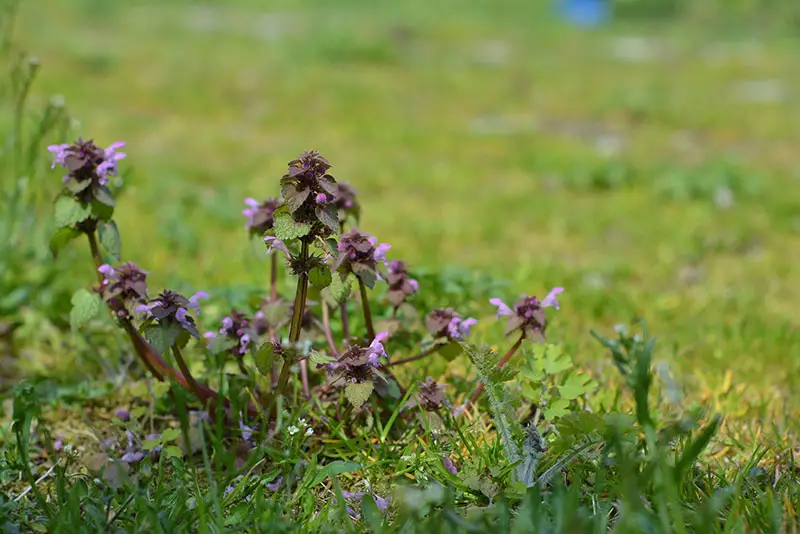
When To Apply Weed And Feed
Weed and feed fertilizer is most effective when applied in spring, but it can also be applied in fall and winter to combat weeds all year round. With that said, there are some conditions that you need to consider depending on what time of year you choose to apply the weed and feed to your lawn, as we have discussed below:
When To Apply Weed And Feed In The Spring
The first consideration when applying weed and feed is the timing. If you use weed and feed too early, you won’t get to the weeds that haven’t started to grow yet, and if you wait too long, your lawn won’t get the nutrition it needs to grow correctly.
Springtime is probably the best time to apply weed and feed. It would be best if you waited until you see your grass needs its first cut of the summer. It will allow the grass to get the nutrients they need without worrying about pesky weeds that will steal the nutrients from the grass.
Keep an eye on the weather before you apply weed and feed. You should avoid applying weed and feed when it is going to rain. Keep an eye out for weather patterns so that when you apply the weed and feed, it’s in a week that has no rain predicted.
When To Apply Weed And Feed In The Summer
Choosing the correct type of weed and feed to apply in summer to essential. Some formulas are made specifically for applying weed and feed in the summertime. It’s called summer weed and feed, there are different formulas developed by different brands, but you should always use weed and feed at the right time for the right time of year.
Summer is very tough on gardens and lawns in general. There are rainstorms, heat and humidity, insects, and drought to contend with, so applying summer weed and feed in early summer is the best way to get your weed and feed to work correctly.
It will slowly release the nutrients that your lawn needs to flourish and will kill off the weeds in the process. There are summer weed and feeds that have insect repellent in the weed and feed and will help take care of the insects as well.
Take caution when applying weed and feed in the summertime, as it might lead to a chemical lawn burn due to the heat and rainfall. Avoid applying weed and feed between July and August unless you have a massive problem with weeds.
When To Apply Weed And Feed In The Fall
The benefits of applying weed and feed in the fall are sometimes overlooked. Fall is another great time to apply weed and feed. You need to find a good fall weed and feed that will help with the grass growth and also kill the weeds at the same time.
Weeds may still be growing or trying to grow in fall to have fewer problems with them in the spring and summertime, and they can be taken care of with fall weed and feed.
If done correctly, it feeds the lawn to grow a stronger roots system, which helps the roots withstand the cold temperatures of the winter.
When To Apply Weed And Feed In The Winter
Using weed and feed in the wintertime is a waste of money and time. Most weeds will die in the wintertime and only germinate in the early spring. Using weed and feed in the winter will not do anything to the weeds that will surely flourish in spring and summer.
If you misuse weed and feed, like in wintertime, or use too much of it, you might end up with a chemical burn on your lawn.
When To Apply Weed And Feed In General
Weed and feed should be applied no more than two times a year. We know the best time to apply weed and feed is in the early spring, with caution in summer and early fall. If you have a huge weed problem, you can re-apply the weed and feed but make sure to wait at least two months between the applications.
If you don’t wait and re-apply the weed and feed too quickly after the initial application, the chemical herbicide in the weed and feed will likely kill your grass and vegetation.
Don’t apply weed and feed when it rains, or it’s predicted to rain within four days of you applying the weed and feed. Cordon off the areas where the weed and feed has been applied and wait until the next heavy rain before allowing foot traffic on your lawn as it will ensure the weed and feed granules have dissolved completely and aren’t a danger to your family friends, and pets.
Safety Considerations When Applying Weed And Feed
Before applying weed and feed, there are some safety considerations to consider. Some weed and feed products can be dangerous, and we need to take the right kind of safety precautions to keep our family and pets safe.
- Make sure that you wear long-sleeve gloves and long pants when you are applying the weed and feed. Some weed and feed products have herbicides like 2, 4-D, MCCP, and Dicamba, which can cause severe skin irritation and inflammation.
- Ensure to wear goggles when applying the weed and feed, as dust particles that come into contact with your eyes can lead to eye irritation. If this happens, flush your eye out with water for 15 minutes and seek medical advice.
- Always lock up the weed and feed when you’re not using it. It is vital not to leave it open or anywhere near pets or small children. Ingesting weed and feed can lead to death if it’s not treated immediately. If it does get accidentally ingested, please call the nearest medical center, 911, or poison control center.
- Keep pets and small children off the lawn until the first heavy rainfall after applying weed and feed. Before allowing them back onto the lawn, please inspect it to ensure that all product granules are fully dissolved and no one can come into direct contact with the weed and feed.
Although this is not a safety concern, an excellent tip to remember is not to plant new grass or aerate your soil for at least 4 months after applying weed and feed to your lawn. Feed and weed works by stopping seed germination and killing new grass or vegetation while it is still in seed form.
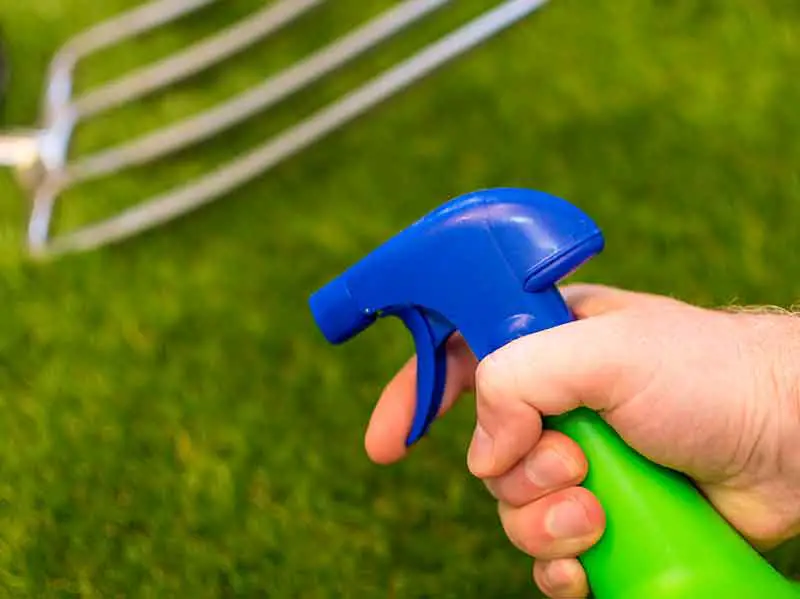
What If You Apply Too Much Weed And Feed To Your Lawn?
If you have applied your weed and feed and you suddenly realize that you have applied too much of it, there are a few things you can do not to let the weed and feed damage your lawn and to help remedy the situation.
- You need to water your lawn with at least 2 inches of water every day for about four consecutive days. This will help dilute the weed and feed mix, and it will help prevent chemical lawn burn.
- Don’t apply weed and feed until the following year. If you do, the amounts of fertilizer will become too much for your grass and vegetation, and it will be badly damaged by the chemicals and die.
- If you used a granulated weed and feed, you could try to pick up or suck the excess granules up, thus helping to prevent as much of the damage as you can.
Should you use Weed and Feed Before or After Mowing?
Whether or not to use weed and feed before or after mowing may be on your mind whilst gardening. The answer to this question isn’t a simple yes or no, however, it depends on your circumstances. Whether or not you use weed and feed before or after mowing depends on the types of weed you’re attempting to remove, the grass type you have and the time of year that you’re applying your weed and feed. Weed and feed must be applied to wet grass, meaning that the likelihood of applying it to your freshly mowed lawn is unlikely as grass should not be mowed whilst it’s wet.
Generally speaking, weed and feed should be used a few days after mowing your lawn. If you must mow the lawn at any point, make sure it is either two days before or two days after the application of weed and feed. Applying weed and feed two days after mowing the lawn will mean that you will have to take some added time to ensure that excess grass clippings and mulch is removed from the lawn to prevent weeds from feeding off of it.
What Can Cause The Weed And Feed To Not Work Correctly?
It can be very disappointing when you don’t achieve the full fertilization and weed control effects that you were expecting from the application of your weed and feed. Here are some reasons why the weed and feed might not have worked:
- There are a variety of weed and feed products on the market, and not all of them target the same type of weeds and grass. Most weed and feed products target broadleaf weeds like dollar weeds, clover, and dandelions.
- If you have weeds like crabgrass or other grassy weeds, then you should get a weed and feed specifically for that or a crabgrass preventer that you use in early spring. Read what kind of weeds the weed and feed you are buying targets and ensure that the weeds in your lawn are on the list.
- Another reason it might not have worked is that you waited too long to apply the weed and feed. The mature weeds aren’t actively growing, so the product won’t work on them at all. You need to ensure you use the weed and feed in early spring or early fall for them to have any effect on your weeds.
- It will help if you watch out for the weather. Sprinklers and rain can wash away the granules before they have a chance to work. It is crucial to apply the weed and feed on freshly cut grass before there is rain.
- The skies should be clear for at least three days after you applied the weed and feed. It would be best for your vegetation and lawn if you waited at least three days before you water your lawn or put on your sprinklers.
- You need to carefully read and follow the instructions on the weed and feed that you bought. If you don’t use enough of the weed and feed, then you might end up with patches of weeds still growing in your lawn. Using too little weed and feed will essentially be wasting money and time. Be careful not to use too much weed and feed either.
Conclusion
We all love beautiful lawns, but weeds can be a pain for anyone. Using weed and feed at the right time in the right quantities will ensure that your lawn looks fantastic. You need to take some precautionary measures to ensure the success of the weed and feed and troubleshoot if you use too much.
Make sure you use the correct type of weed and feed for your lawn, as the wrong kind will not work. Keep an eye on the weather so that unexpected rainfall doesn’t ruin your hard work. Here’s to beautiful lawns without any weeds.

